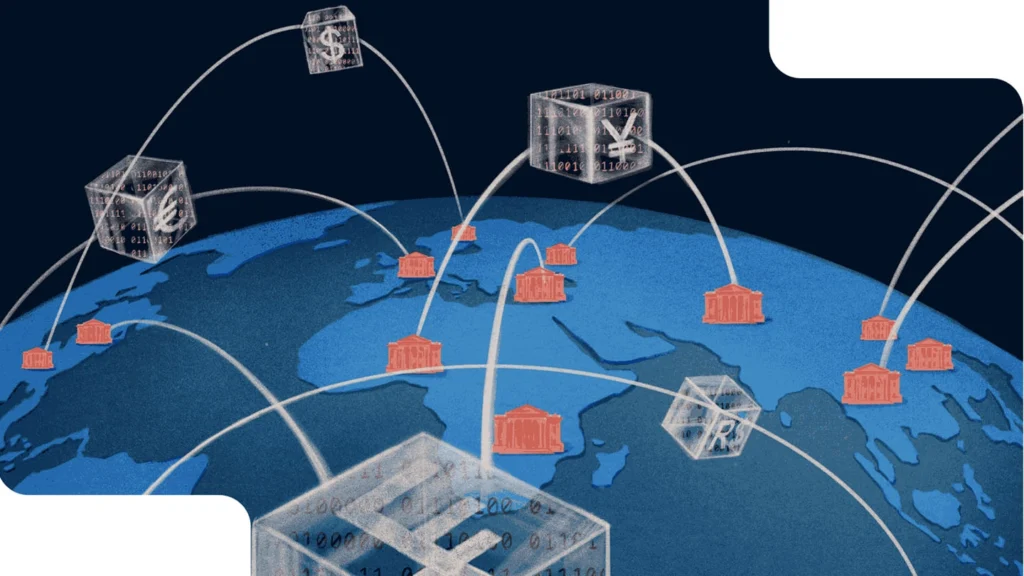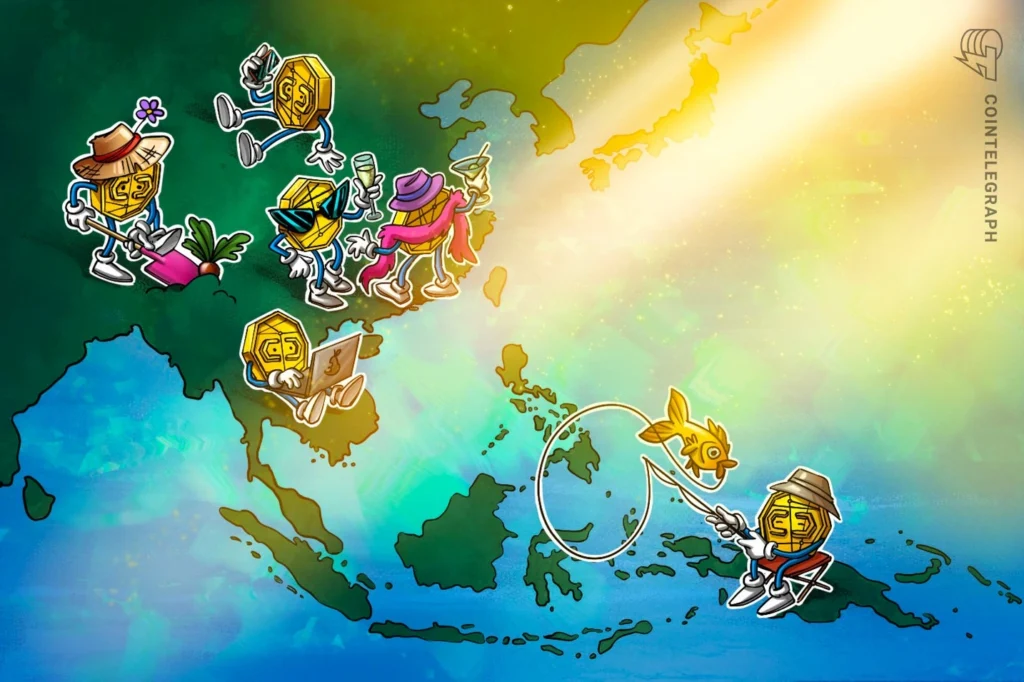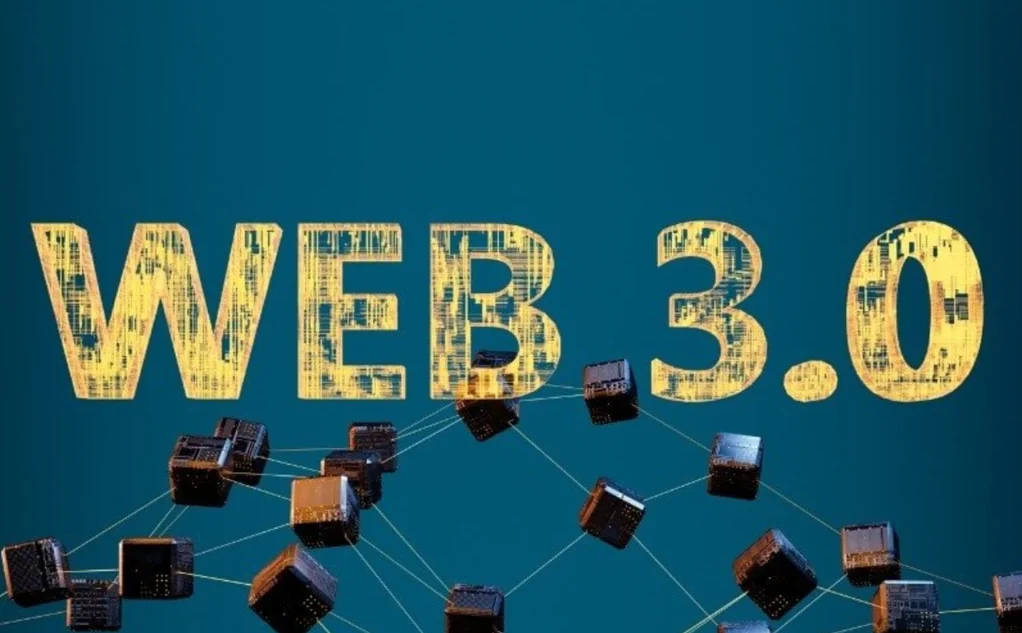A Digital Revolution Brewing in an Unexpected Corner of the World
Let’s talk Web3 — and not in that overhyped, crypto-bro kind of way. Southeast Asia is showing some real, grounded potential in this space. The region’s complex mix of tech-savvy youth, fragmented financial systems, and high mobile penetration could make Web3 Southeast Asia the sleeper hit of the next digital decade.
Sure, there’s a lot of noise in the Web3 space — we’ve seen the crashes, the scams, the rollercoaster token prices. But underneath that chaos? There’s a slow, steady movement building in Southeast Asia, one that feels more real, more rooted in solving actual problems. And that’s worth paying attention to.
Why Southeast Asia Is Ripe for Web3

Let’s break it down. Southeast Asia isn’t just one tech-loving country — it’s a patchwork of 11 nations with varying degrees of development, regulation, and internet infrastructure. This diversity is actually an advantage for Web3 innovation.
For one, a huge chunk of the population — we’re talking hundreds of millions — is underbanked. Traditional financial systems haven’t reached everyone, especially in rural areas. But smartphones? Oh, they’re everywhere. This leapfrog effect (skipping landlines, skipping banks) is where decentralized finance, or DeFi, could slide in nicely.
Plus, the youth culture here is very digital-forward. Just look at the rapid rise of play-to-earn games in the Philippines like Axie Infinity (yes, even with its ups and downs). Or how Vietnam, surprisingly, is home to several top blockchain developers. These aren’t flukes — they’re signals.
Governments Are Starting to Catch On

Now, it’s not all freewheeling experimentation. Governments in the region are cautiously dipping their toes in the water. Singapore, of course, leads the pack with its clean regulatory frameworks and sandbox environments for blockchain startups.
Thailand and Indonesia have also shown growing interest in Web3 policies — although, let’s be honest, the red tape still exists. But the point is: the conversation is happening. And when policymakers start asking questions, you know the movement’s no longer just a fad.
Of course, this doesn’t mean it’s all smooth sailing. Some countries (we’re looking at you, China-adjacent models) might veer toward heavy-handed regulation. And corruption or slow bureaucracies could dampen progress. But there’s still momentum — and that’s not easy to ignore.
Real-World Use Cases Are Emerging


Okay, so what are folks in Web3 Southeast Asia actually doing? Good question.
- Cross-border payments: Think migrant workers sending money back home. Crypto can cut out middlemen and high remittance fees.
- Digital identity: With fragmented ID systems in the region, blockchain-backed identities could bring consistency — especially for rural populations.
- NFTs and creator economies: Southeast Asian artists and gamers are tapping into global audiences without going through traditional gatekeepers.
- DAOs and co-ops: We’re seeing experiments with decentralized autonomous organizations in the Philippines and Thailand, giving local communities more control over funds and decisions.
It’s still early days. Not all of these ideas will stick. But you can feel the experimentation happening, and it’s refreshing to see tech being used beyond Silicon Valley narratives.
Challenges? Oh, Plenty… But That’s Not the Point

Let’s not sugarcoat things. Connectivity gaps still exist. Some people don’t even have stable electricity, let alone stablecoins. Scams are a real issue, and crypto literacy is still low across many user groups.
But maybe — just maybe — that’s exactly why Southeast Asia could shine. The problems are real, and people are finding workarounds. It’s less about speculation and more about function. If Web3 tools can actually solve local problems, then adoption could be more sustainable than we’ve seen elsewhere.
The Road Ahead for Web3 Southeast Asia

There’s no crystal ball here — Web3 in Southeast Asia could either revolutionize digital economies or fizzle out under poor governance and bad actors. But the signs? They’re intriguing.
Entrepreneurs are building, users are curious, and even some banks are starting to take notice. And in a region that’s used to adapting and leapfrogging, there’s no reason Web3 couldn’t be the next big jump.
Web3 Southeast Asia might not be grabbing global headlines (yet), but don’t be surprised if in a few years, the most exciting innovations in the space aren’t coming from San Francisco — but from Jakarta, Manila, or Ho Chi Minh City.
Relevent news: Here





